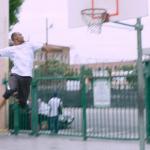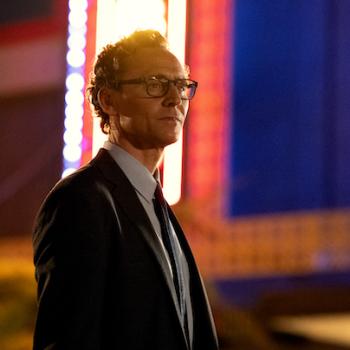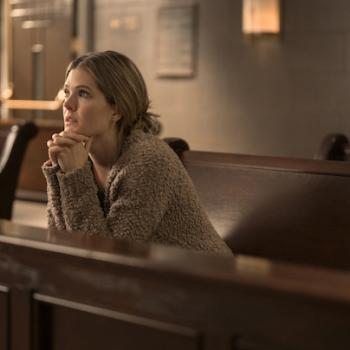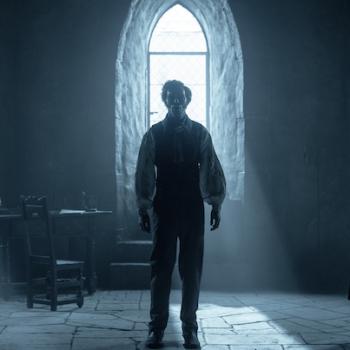
3. What’s Really the Greatest Sacrifice?
[Spoiler Warning] Rodriguez is given an almost impossible choice: Hold true to the faith and watch and listen to a bevy of believers die in his stead, or deny the faith—step on a fumi, an image of Jesus—and thus save their lives.God has been silent throughout the movie—inexplicably so, Rodrigues sometimes feels. But then, in this critical moment, Jesus speaks. From Endō’s book:
Trample! Trample! I more than anyone know of the pain in your food. Trample! It was to be trampled on by men that I was born into this world. It was to share men’s pain that I carried my cross.
And so Rodrigues steps on the image of His savior. It is finished.
It’s here where Endō’s brilliance is perhaps most apparent, weaving through this single scene a series of paradoxes.
First, I’m struck by the sacrifice that Rodrigues makes here. We often think that the “ultimate sacrifice” is to literally die for someone else. Lots of great movies are based on this premise, and we get backing from the Bible, too. “Greater love has no one than this: to lay down one’s life for one’s friends,” we read in John 15. But here, Rodrigues sacrifices something even more precious to him: His faith. (Or, at least, the public appearance of faith.) He longed for a martyr’s death, and instead he gets a traitor’s life.
But in this decision, Rodrigues also sets down his prideful piety. He can no longer claim to be an example of Christian living; he can no longer be the priest that he loved being. He humbled himself in spectacular fashion.
I learned a song called “Jesus Loves Me” in Sunday School. It’s been part of me for as long as I can remember. “Little ones to Him belong,” the song goes. “They are weak but He is strong.” I wonder if that lyric is truer than we’d imagine it to be—more true, perhaps, than we’d like it to be. I wonder whether Jesus truly understands our weaknesses better than we do. Yes, He sacrificed His life so that all of us might truly live, but especially the Kichijiros of the world. The Rodrigueses. Maybe the Asays. In that critical moment, Rodrigues loses any pretention of goodness. He’s forced to trust in God’s grace for everything he is and everything he hopes for.
Finally, it’s fascinating to juxtapose that beautiful picture of Jesus that Rodrigues sees in the pool of water with the weathered, crude, mud-encrusted Jesus that Rodrigues finally steps on. It’s a culmination of all the paradoxes we feel in this moment. Is it possible that this fumi—this thing designed to be stepped on—is a more true portrayal of what Christ was all about?













